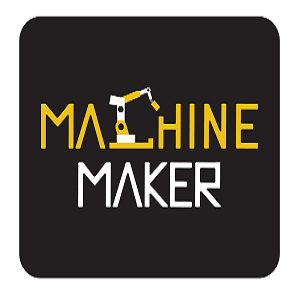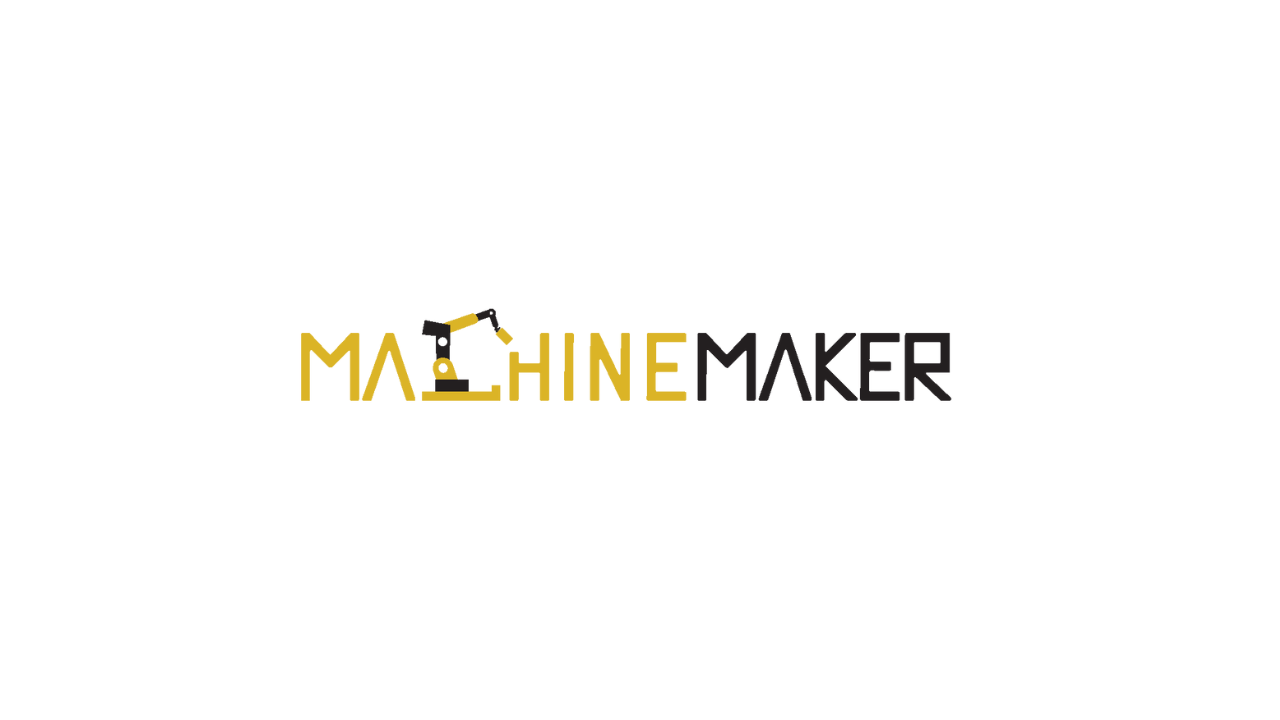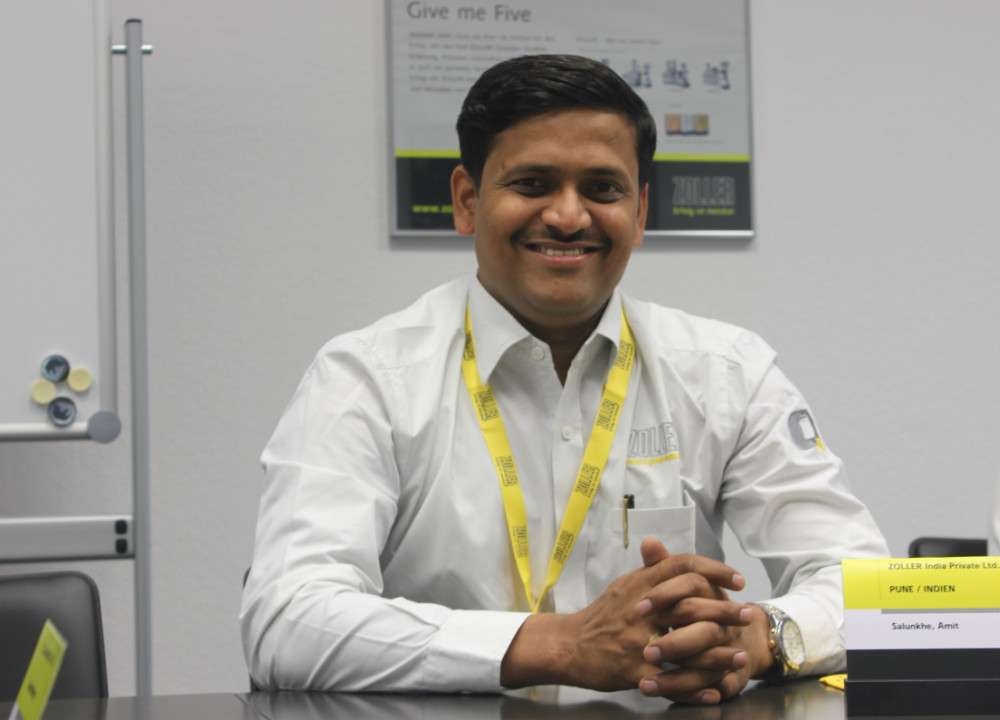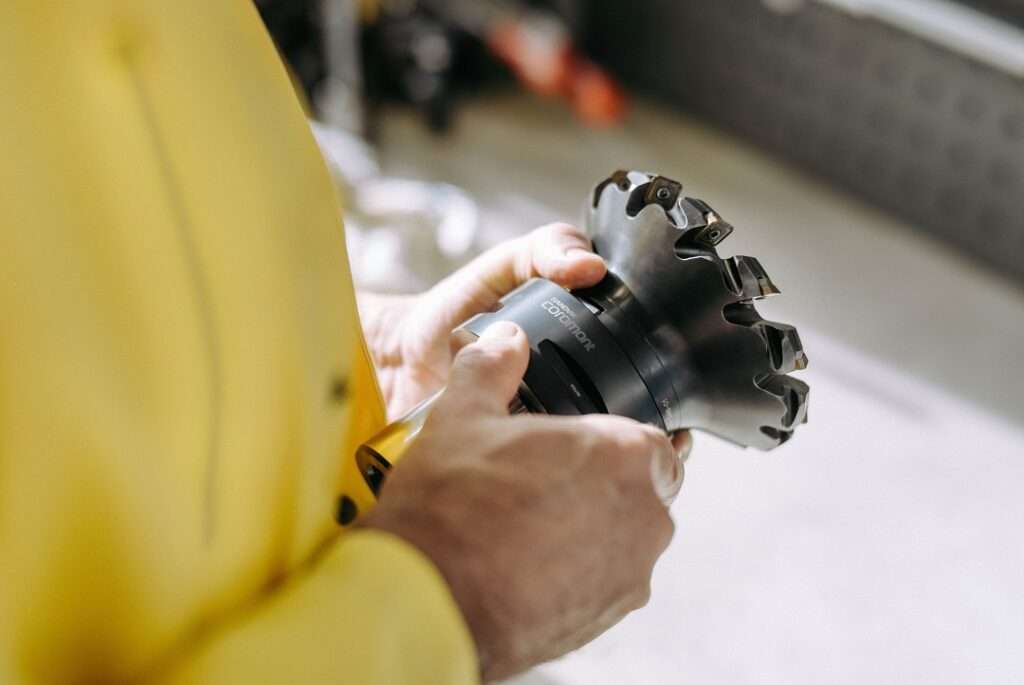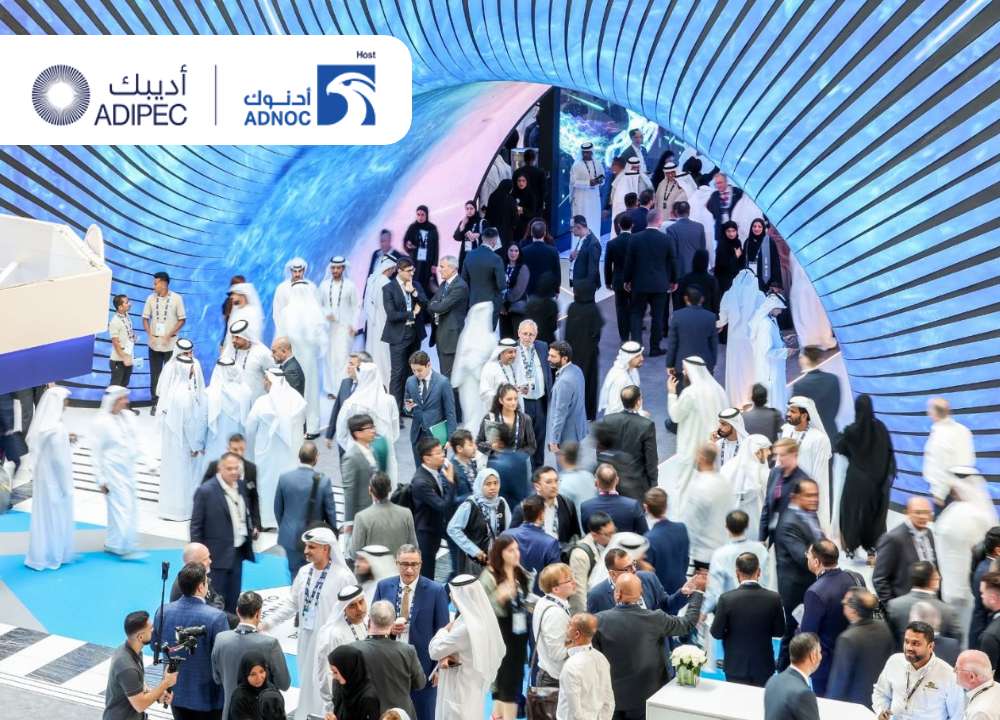“Our task is not over”, was the response from ISRO Chief K Sivan, after the successful launch of Chandrayaan 2, the dream Indian project which is expected to explore the unexplored terrain of Moon. The lunar mission which was originally scheduled on 15th July got delayed due to what we call a ‘technical slag’ but the mission remained undeterred. The mission was carried by GSLV MK-3 nicknamed as ‘Bahubali ‘of Indian rockets capable of carrying load upto 4 tones.
Chandrayaan-2 is India's second lunar mission after Chandrayaan-1 . According to ISRO this new mission to moon consists of Orbiter, Lander and a Rover. If landed successfully, Chandrayaan 2 will put India fourth among the elite nations Russia,US and China to have a soft landing on moon. The orbiter will keep revolving around the moon at an altitude of 100 kilometers while the Lander carrying the rover will be detached and perform a soft landing on the lunar surface . The rover will then maneuver on the lunar surface and send data to lander which in turn send information to ISRO. What a achievement for India.
The Technology being used in Chandrayaan 2
Equipped with terrain mapping cameras that maps a 3 D image of the lunar surface and a soft x-ray spectrometer to map rock forming elements. The orbiter is equipped with high resolution camera that click pictures at an altitude of 100 kilometers from the lunar surface and a infrared spectrometer will look for signs of water molecules on the surface. Solar X-ray Monitor (XSM), which looks at emissions of solar X-rays.
The lander will land on the south pole region of moon where no human or machine has reached yet and will last for complete one lunar day which is equal to fourteen Earth days.
Making of Chandrayaan 2
The Made in India spacecraft got its components indigenously made with help of local institution and research labs. Initially it was planned that Russia will supply us with the rover but in 2013 Russia failed to provide us the rover. Since then India has been developing its own rover for the mission which completely made this mission an indigenous one. The Central Tool Room and Training Centre (CTTC) has manufactured 22 types of valves for fuel injection and other parts for the cryogenic engine of the Geosynchronous Satellite Launch Vehicle (GSLV) Mark III rocket. The main challenge was making of the rover having 6 wheels and is capable of travelling up to 600 meters while getting its power from the sun.
Expectations from the mission
Following Chandrayaan 1 launched in 2008 which has the credit for discovery of water on lunar surface Chandrayaan 2 brings even more challenges. It carries 11 payloads — five from India, three from Europe, two from the US and one from Bulgaria. First of all a smooth landing is expected from the mission as ISRO has never landed a probe smoothly on moon before.
Once the mission is completed India will have detailed knowledge about the south region of lunar surface which is also the dark side of the moon. The rover will conduct scientific experiments and will look for water molecules. Photos and readings will be then sent back to ISRO for further analysis. With Chandrayaan 2 we can bet big on India’s space mission to emerge as a space leader.

